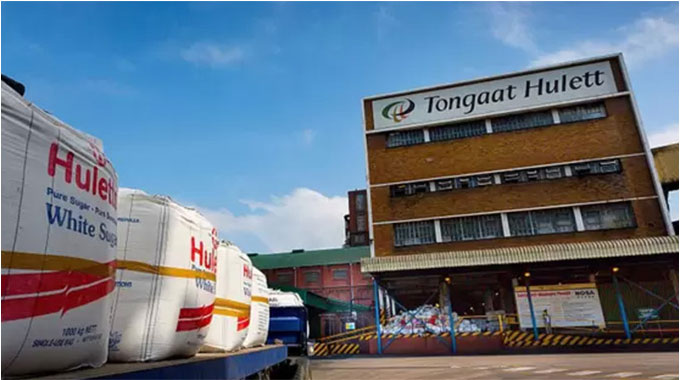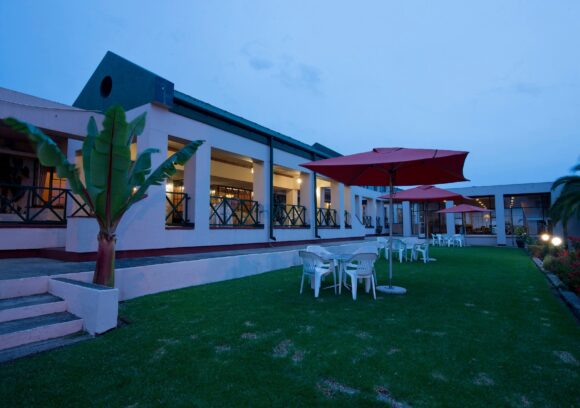Wheat pre-planting producer price announced
THE pre-planting price for ordinary grade winter wheat has been set at $155 000 a tonne but millers and manufacturers of maize and summer grain products have been urged to import around 300 000 tonnes of maize using their free funds to augment existing stocks.
While the late start to the summer rains and the dry spell during the season cut back on grain production and marginally on tobacco production, almost every other crop still rose in output and the Government measures to boost their output overcame any drop in productivity.
Cabinet, in its meeting in Harare yesterday, approved the prices and other measures meant to ensure agricultural produce remained in sufficient supply despite disturbances on the international market as well as challenges this cropping season owing to erratic rains.
Speaking after the meeting, Information, Publicity and Broadcasting Services Minister, Monica Mutsvangwa, said the geopolitical developments in Eastern Europe, coupled with the Covid-19 pandemic, were weighing heavily on the logistical and financial aspects of commodity supply chains.
These developments were affecting supply systems of fuel, fertilisers and wheat, including the price determination mechanisms.
Cabinet noted that the pre-planting producer price had to be set at a level that will motivate farmers to plant additional hectares of wheat. This price is the minimum that farmers can expect, and it can be set higher.
Cabinet approved the winter wheat pre-planting price for ordinary grade at $155 000 a tonne, and a winter wheat pre-planting price for premium grade of $170 500 a tonne.
Minister Mutsvangwa said all wheat commodity off-takers should participate in the funding of at least 40 percent of their wheat annual requirements and their access to foreign currency on the Reserve Bank of Zimbabwe auction system would be linked to their relative production levels, proportional to the 40 percent target.
Looking at the summer crops, with maize being the main grain, the last summer agricultural season, Minister Mutsvangwa said, was characterised by a late onset of rains which started in the last week of December 2021. Even so, rainfall distribution was poor in both space and time.
“This late onset of the rains caused late plantings, which were later affected by the prolonged dry spell.
“Some farmers were also forced to make several re-plantings as a result of poor crop establishment and the false start to the season. Late rains were received in April 2022, and the impact of these late rains has not yet been captured,” she said.
Minister Mutsvangwa said the rains came at a time when the majority of the early planted crops had been affected by the dry spell.
However, Cabinet was reassured that despite the expected decline in production owing to the vagaries of weather, there was enough maize in stock and that the recent rains had resulted in better output in the late-planted crops.
“The results will only be apparent at a later date. The Government will ensure that all Grain Marketing Board depots have enough maize and traditional grains to meet the demands of the nation, owing to a stable Strategic Grain Reserve position.
“The millers and stock feed manufacturers, on the other hand, are urged to use their free funds to import the bulk of the 300 000 tonnes of grain in order to meet their requirements,” said Minister Mutsvangwa.
Maize production is estimated at 1 557 914 tonnes, which is 43 percent lower than the 2 717 171 tonnes produced in the 2020/2021 season.
Traditional grains production is projected at 194 100 tonnes, which is 44 percent less than the 347 968 tonnes output of the previous season.
The cereal production projection is 1 752 014 tonnes, against a national cereal requirement of 2 267 599 tonnes, broken down as 1 817 599 tonnes for human consumption and 450 000 tonnes for livestock.
Minister Mutsvangwa said cotton production was estimated at 116 521 tonnes in the last season, which is a 41 percent decrease from the 195 991 tonnes in the 2020/2021 season.
Tobacco production is estimated to decrease by 8 percent to 183 725 tonnes from 200 245 tonnes in the 2020/2021 season.
Soya bean production is expected to increase by 15 percent to 82 028 tonnes from 71 290 tonnes last year, while rice production is estimated to increase by 15 percent from 468 tonnes in the 2020/21 season to 539 tonnes in the 2021/22 season.
Irish potato production is estimated at 534 543 tonnes in the 2021/22 season compared to 447 867 tonnes, a 19 percent increase, and sweet potato production is estimated to increaseby 269 percent, sugar beans by 142 percent and groundnuts by 139 percent.
Minister Mutsvangwa said the assessment further indicates an improvement in the livestock sector, attributable to the successful implementation of the Presidential Dipping Programme which is being complemented by the Tickgrease Blitz that continues to have a positive knock on tick borne diseases.
Minister Mutsvangwa said the national beef cattle herd increased from 5 478 648 cattle in the previous season to 5 509 983 this season, and the national average cattle mortality rate decreased from 11 percent in 2020 to nine percent in 2021.
“Water for livestock is adequate across the country though it is anticipated that challenges may be encountered as the season progresses.
“The worst hit areas being Chiredzi, Gutu, Zvimba, Chegutu, and Mhondoro-Ngezi. In order to contain tick-borne diseases, cattle were being dipped three to four times per month.”
Broiler meat production increased from 111 600 tonnes in 2020 to 143 500 tonnes in 2021 with small-scale holders continuing to dominate broiler meat production and accounting for 75 percent of the meat which is being produced.-The Herald










